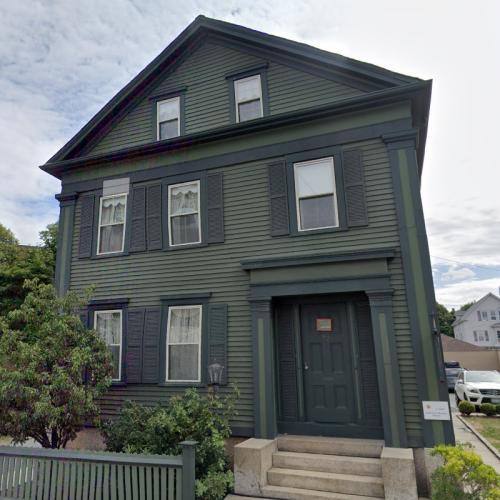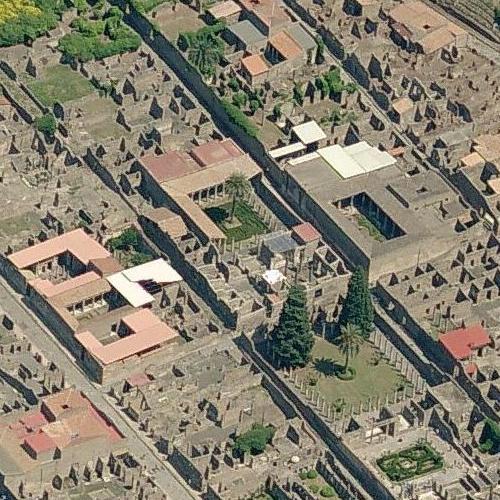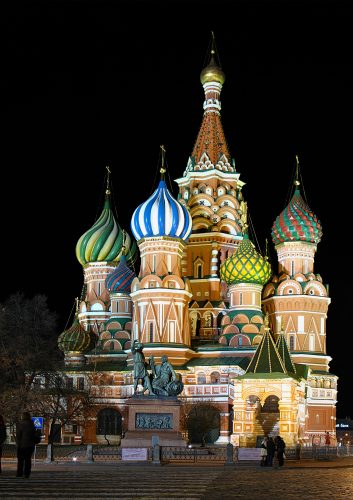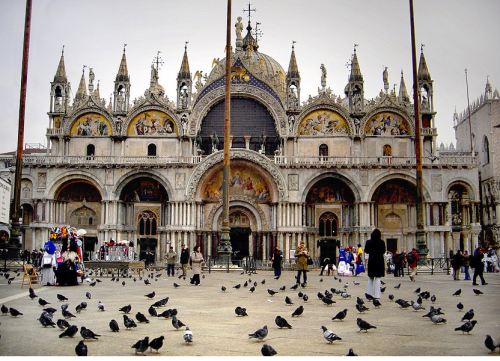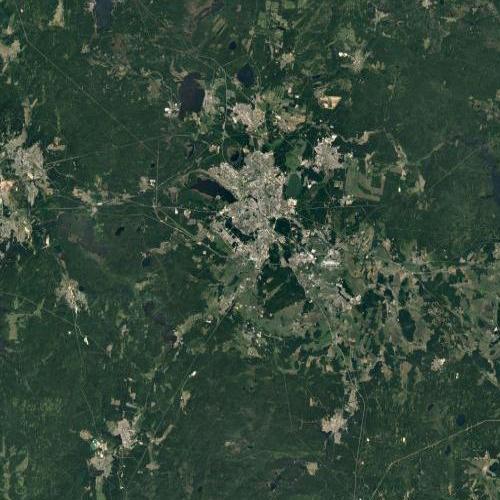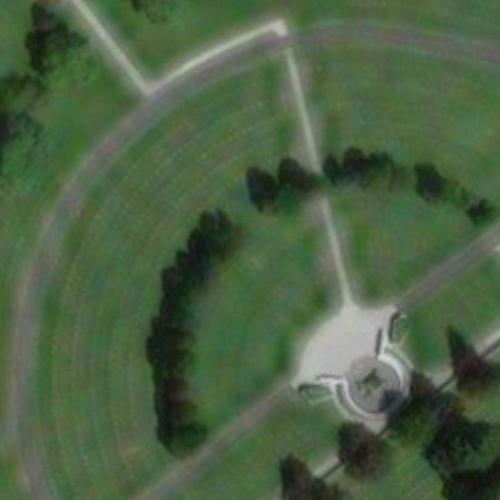Murder has always been a common method of taking out enemies, whether it be a personal rival or political foe. When the murder is planned out in advance and executed in cold blood, it’s often referred to as an assassination.
Here are some of the most interesting and notorious international murders in history.
Franz Ferdinand-Sarajevo, Bosnia
While all deaths are tragic, the death of Archduke Franz Ferdinand at the hands of a separatist assassin actually led to a world war and the deaths of more than 16 million people.
On June 28, 1914, the Archduke and his wife were traveling in Sarajevo, in the province of Bosnia-Herzegovina when a member of the Black Hand separatist group attempted to murder them with a grenade, which failed. Later in the day, they were riding to visit some victims when their driver got lost and drove into an ambush where the Archduke and his wife were shot and killed by another member of the group. The incident led to a series of treaties being called into force, leading to all the major countries of Europe and eventually the United States in the most destructive war the world had ever seen.
Thomas Becket-Canterbury Cathedral, England
Thomas Becket was a British nobleman and eventually Chancellor to King Henry II. He was so trusted by the king that when the Archbishop of Canterbury died, he appointed Becket as the new Archbishop even though Becket wasn’t even a priest! However, Becket took his religious calling seriously and refused to bend the will of the church to that of the king, who eventually allegedly called for him to be assassinated.
On December 29, 1170, four knights of the king’s service approached Becket in Canterbury Cathedral and stabbed him to death. After his murder, religious followers throughout England and Europe began to venerate him and he was canonized a saint in 1173. Pilgrims and well-wishers can visit Canterbury Cathedral, although Becket’s bones were destroyed by King Henry VIII.
Gandhi-New Dehli, India
Mohandas Karamchand Gandhi was born in 1869 in India, and while living abroad in South Africa, became an activist for civil rights. He led India’s movement for independence from Great Britain using only nonviolent means, and in 1947, the country was granted its independence. However, many people felt his methods were too accommodating to Great Britain and Pakistan during the post-liberation negotiations.
Gandhi was shot three times by Nathuram Godse in New Dehli on January 30, 1948. He died immediately or nearly immediately, and the entire country mourned his death. Over two million attended his funeral procession. The site of his death was turned into a memorial so that the country could continue to pay their respects to their country’s liberator.
Caesar-Rome, Italy
“Beware the Ides of March” is an old saying that warns of bad things happening in the near future. According to legend, Julius Caesar, the first dictator of ancient Rome, was given this warning from a seer, foretelling he would be dead before the day was over. As Caesar made his way toward the Senate, a group of his friends and peers who were upset with his recent power grabs accosted him and stabbed him 23 times.
As Caesar was stabbed, he is said to have remarked to his favorite protege and follower “et tu, Brute?” meaning, “You too, Brutus?”. Once he realized that even his faithful follower had betrayed him, he surrendered to his fate.
Caesar’s murder was one of the most famous, and most impactful in history, as it led to an entire change in the political direction of the Roman Empire.
Pope John Paul II-St. Peter’s Square, Vatican
Pope John Paul II was a very popular and well-regarded leader of the Catholic faith from 1978-2005. He was born in Poland in 1920, and grew up under Nazi rule in Warsaw. Through the years, he was elevated in the ranks of the Catholic Church, eventually becoming elected Pope in 1978 after the untimely death of Pope John Paul I.
On May 13, 1981, he was entering St. Peter’s Square in an open vehicle, greeting the crowd when a lone gunman Mehmet Ali Agca shot him three times, severely wounding him. However, apparently the man of God was watched over that day, because he survived the attack and even forgave his shooter. No concrete motive or theory could explain the shooting.
One significant result of the shooting was that from then on, the Pope nearly always traveled in a specially designed vehicle that allowed the leader to be visible to his followers while protected by bulletproof glass. Because of the unique design, the vehicle was nicknamed the “Popemobile” and it traveled with the leader wherever he went in the world.
If nothing else, these tragic murders (and attempted murder) show that these crimes happen for mundane, random and insane reasons, and can have impacts that literally change the course of the world.























